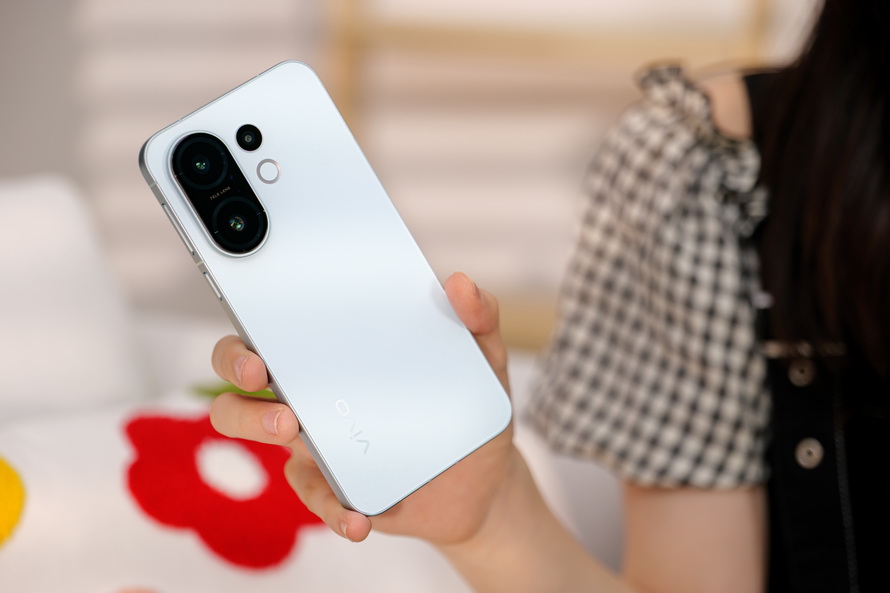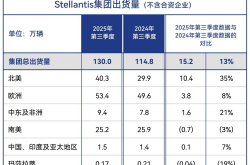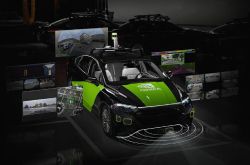vivo S30 Pro mini Review: Periscope Telephoto and Dimensity 9300+, Small Screen with Impressive Performance
![]() 05/30 2025
05/30 2025
![]() 641
641
Small screen phones are making a comeback. From the end of last year to the beginning of this year, various brands have rushed to launch high-end small screen phones around 6.3 inches, and now the trend of small screen phones has spread to the mid-range market. Recently, Hot Technology received the vivo S30 Pro mini, which not only adopts a 6.31-inch straight screen but also has an impressive configuration, including the MTK Dimensity 9300+ processor and a triple rear camera setup that includes a telephoto lens.
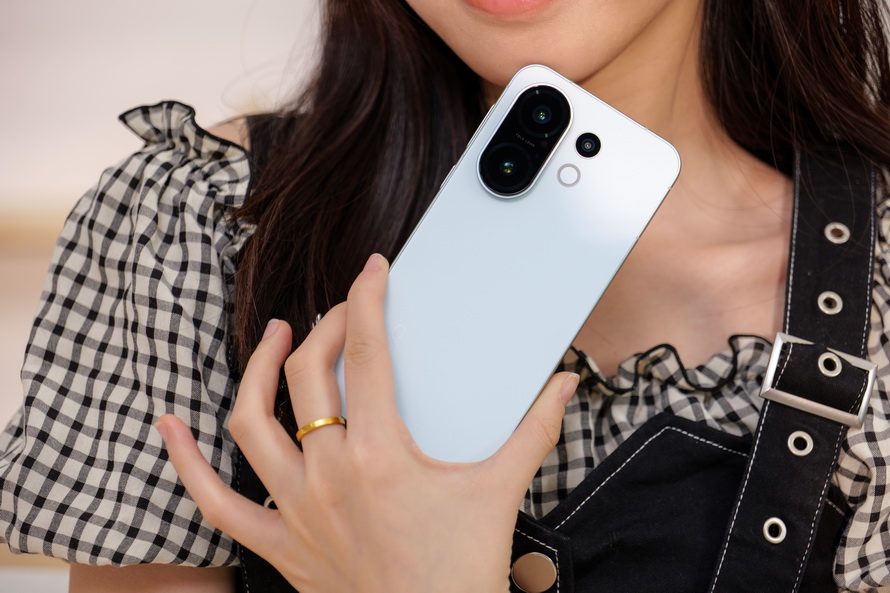
Telephoto on a Small Screen
The vivo S30 series consists of two sub-series: S30 and S30 Pro mini. The former uses a 6.67-inch screen with dimensions of 160.21x74.39x7.49mm and weighs 192g, while the latter uses a 6.31-inch screen with dimensions of 150.83x71.76x7.99mm and weighs 186g. It is evident that the S30 Pro mini is smaller in length and width compared to the S30, but vivo has not sacrificed the camera due to its smaller size. Like the S30, it also adopts a triple rear camera setup with nearly identical specifications.

The vivo S30 Pro mini adopts a triple rear camera setup, but the camera layout is different from ordinary triple camera phones. At first glance, it looks more like a dual camera phone – the larger main camera and periscope telephoto lens are arranged vertically and integrated into the top left corner of the rear body, while the ultra-wide-angle camera, due to its smaller size, is integrated below the body. There is also a ring flash below the ultra-wide-angle camera.


The vivo S30 Pro mini uses the Sony IMX921 sensor, with a sensor size of 1/1.56 inches and a pixel count of 50 million. It is equipped with a lens with an equivalent 23mm field of view and an F1.88 large aperture, supporting OIS super anti-shake technology. The anti-shake effect reaches 4.5 stops (CIPA standard), which is half a stop higher than the S30, which uses the Sony LYT700V sensor for its main camera. The periscope telephoto lens uses the Sony IMX882 sensor, with a sensor size of 1/1.95 inches and a pixel count of 50 million. It is equipped with a lens with an equivalent focal length of 69mm and an F2.65 aperture, with an anti-shake effect of 4 stops (CIPA standard). Moreover, vivo states that the lens adopts a new prism design that folds the L-shaped optical path into an M-shaped one to reduce the volume of the lens group. At the same time, four lenses in the lens adopt the same ALC coating as flagship phone lenses, which can significantly improve the transmittance. Finally, the ultra-wide-angle lens uses the OmniVision OV08D10 sensor, with a size of 1/4 inch and a pixel count of 8 million, which is a relatively common configuration.

The triple rear camera setup of the vivo S30 Pro mini natively provides three focal lengths: 16mm, 23mm, and 69mm, corresponding to 0.6X, 1X, and 10X. At the same time, vivo adopts different focal length settings in different camera modes based on different shooting targets. In the "Photo" and "Live" interfaces, the default settings are 0.6X, 1X, 2X, 3X, and 10X (16mm, 23mm, 46mm, 69mm, 243mm). In the "Portrait" and "One-click Film Camera" modes, the default settings are 23mm, 35mm, 50mm, 85mm, and 100mm, which are completely tailored for portrait photography.
As the first small screen phone in the vivo S series equipped with a periscope telephoto lens, how does the vivo S30 Pro mini perform in terms of image quality, and will it be restricted by the size of the body? Below are photos taken at five focal lengths: 0.6X, 1X, 2X, 3X, and 10X:
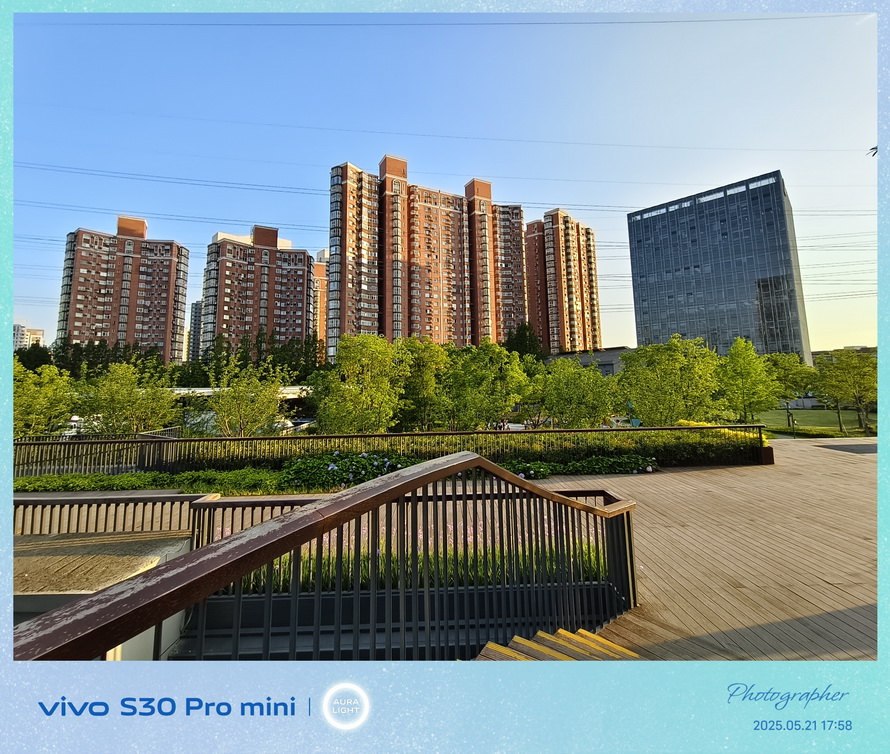
0.6X
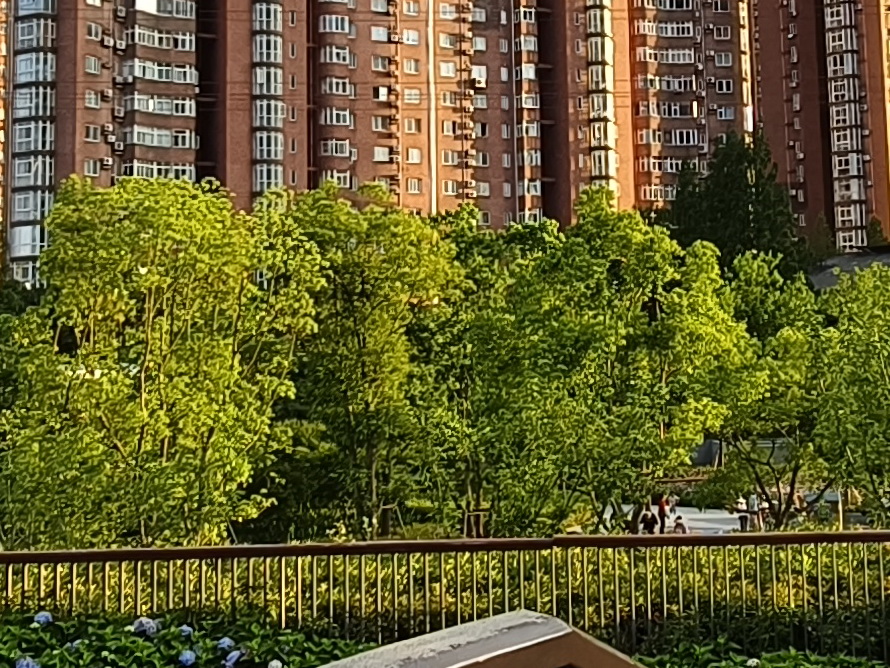
0.6X 100%
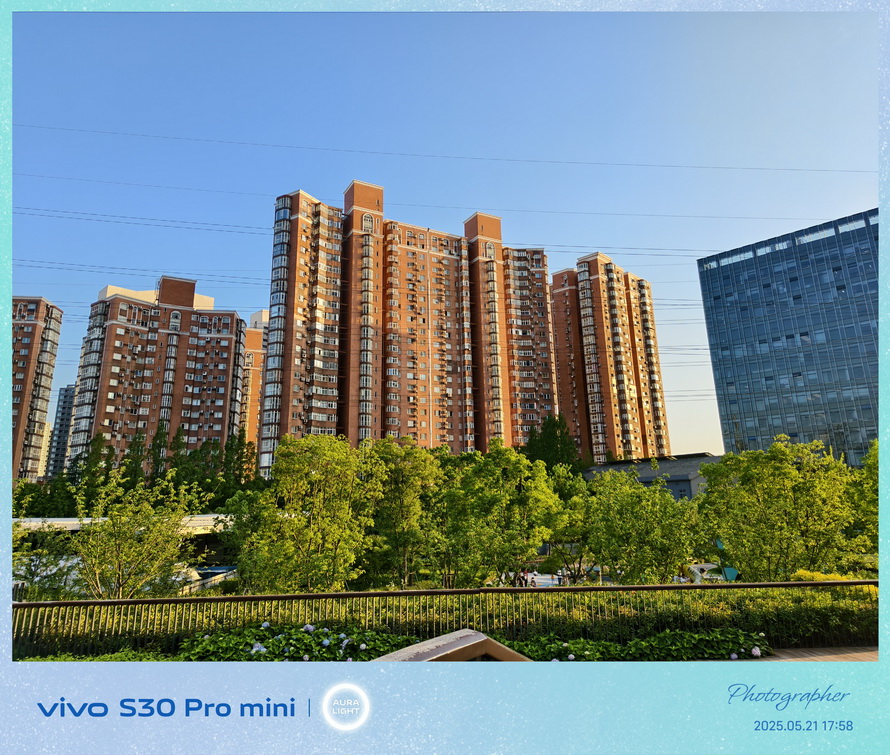
1X
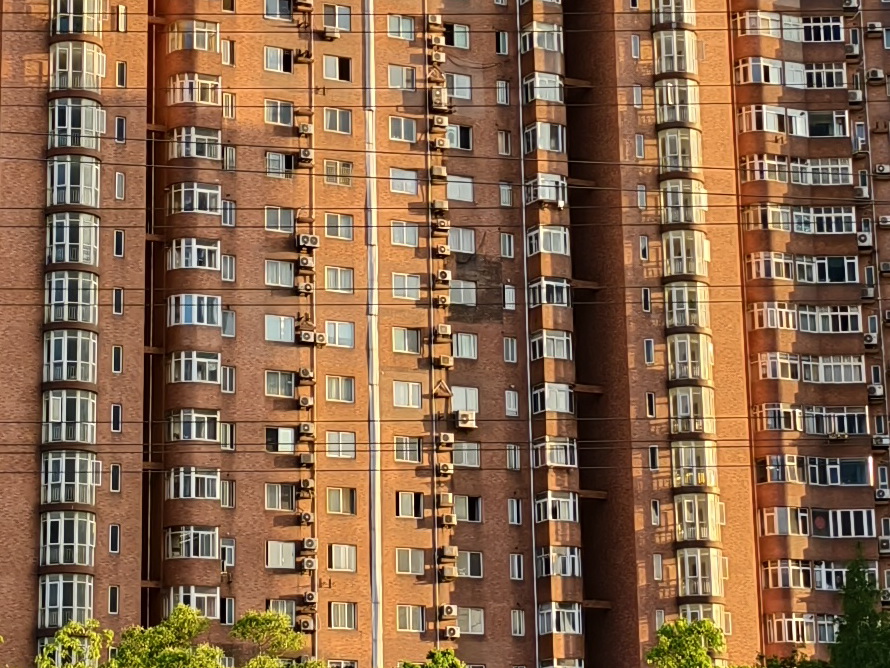
1X 100%
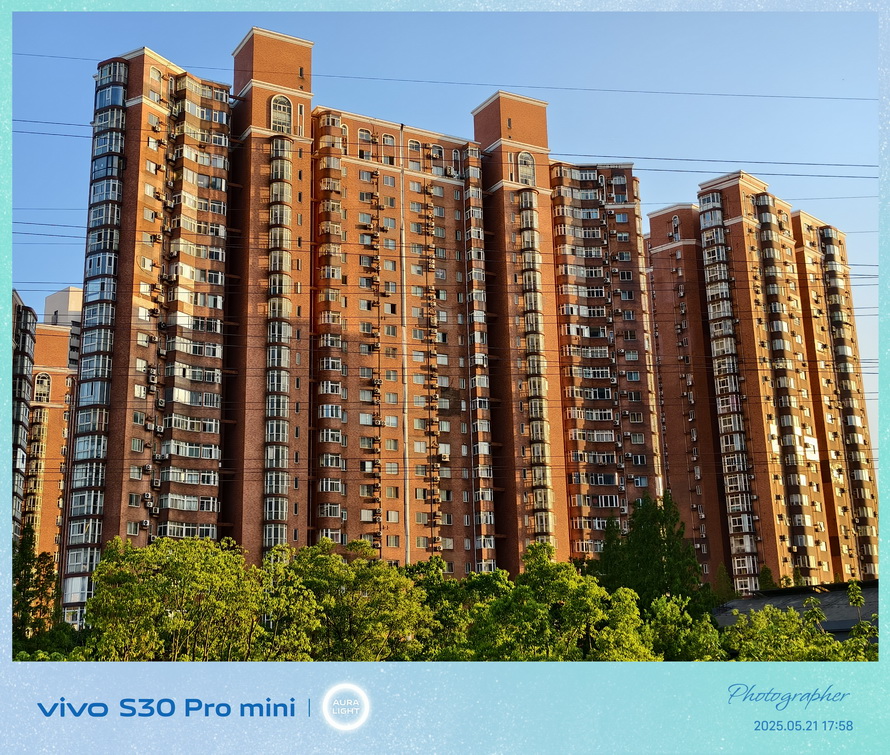
2X
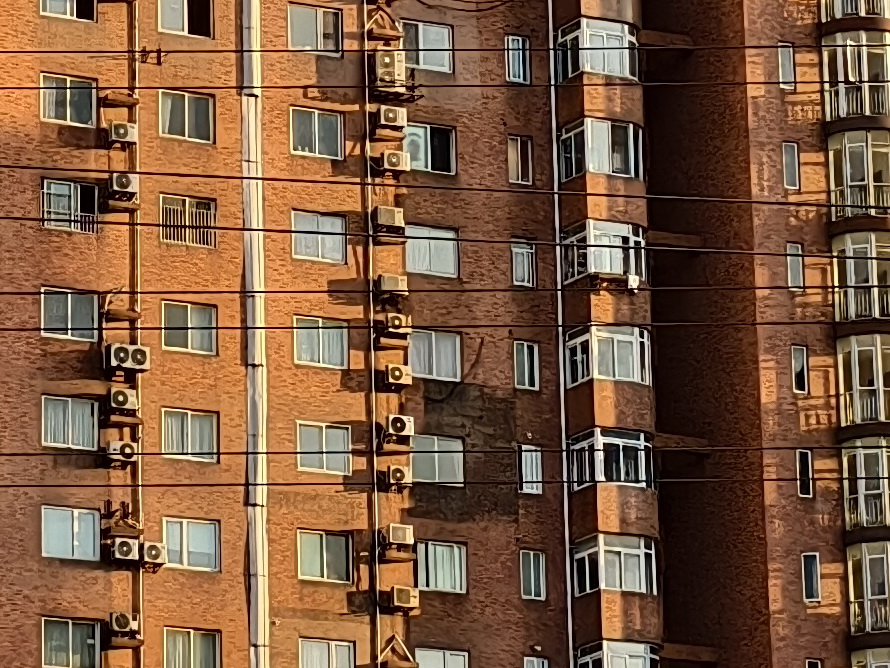
2X 100%

3X
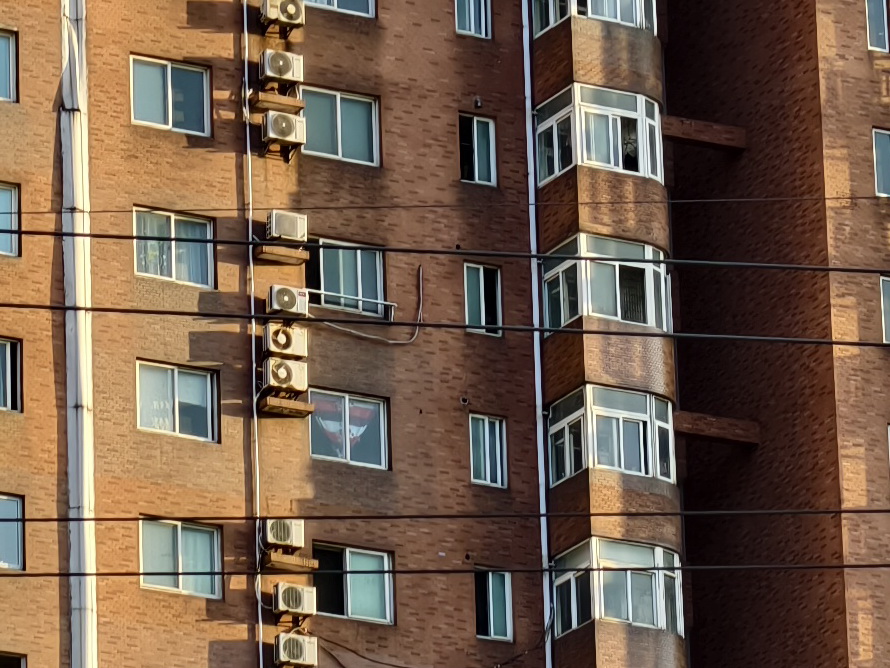
3X 100%

10X
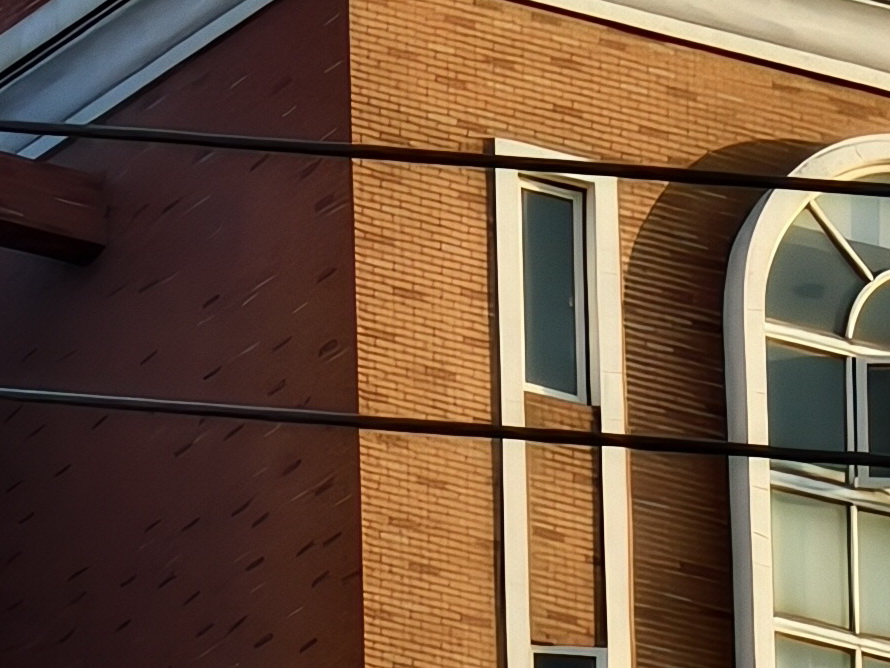
10X 100%
Affected by the sensor size, the ultra-wide-angle lens performs quite well in terms of lighting and color in small images, but when viewed at 100% magnification, it is found that the lens clarity is lacking. At 1X with the main camera, the image quality is significantly improved. Even when zoomed in to 2X, thanks to the vivo S30 Pro mini's use of vivo's self-developed RawEngine, which is the same algorithm as flagship phones, the main camera still performs excellently at 2X zoom, with clear textures on the surface of buildings visible when the image is magnified. At 3X, the vivo S30 Pro mini switches to the periscope telephoto lens for shooting. Due to different subjects and lighting changes, the color and contrast are not as strong as before, but magnification reveals that the resolution at 3X is quite good. Finally, at 10X, large model image quality enhancement technology is used, making the bricks on the surface of the building very clear. However, it inevitably brings a sense of AI sharpening, making it look less natural. Nonetheless, 10X is indeed usable under sufficient exposure.
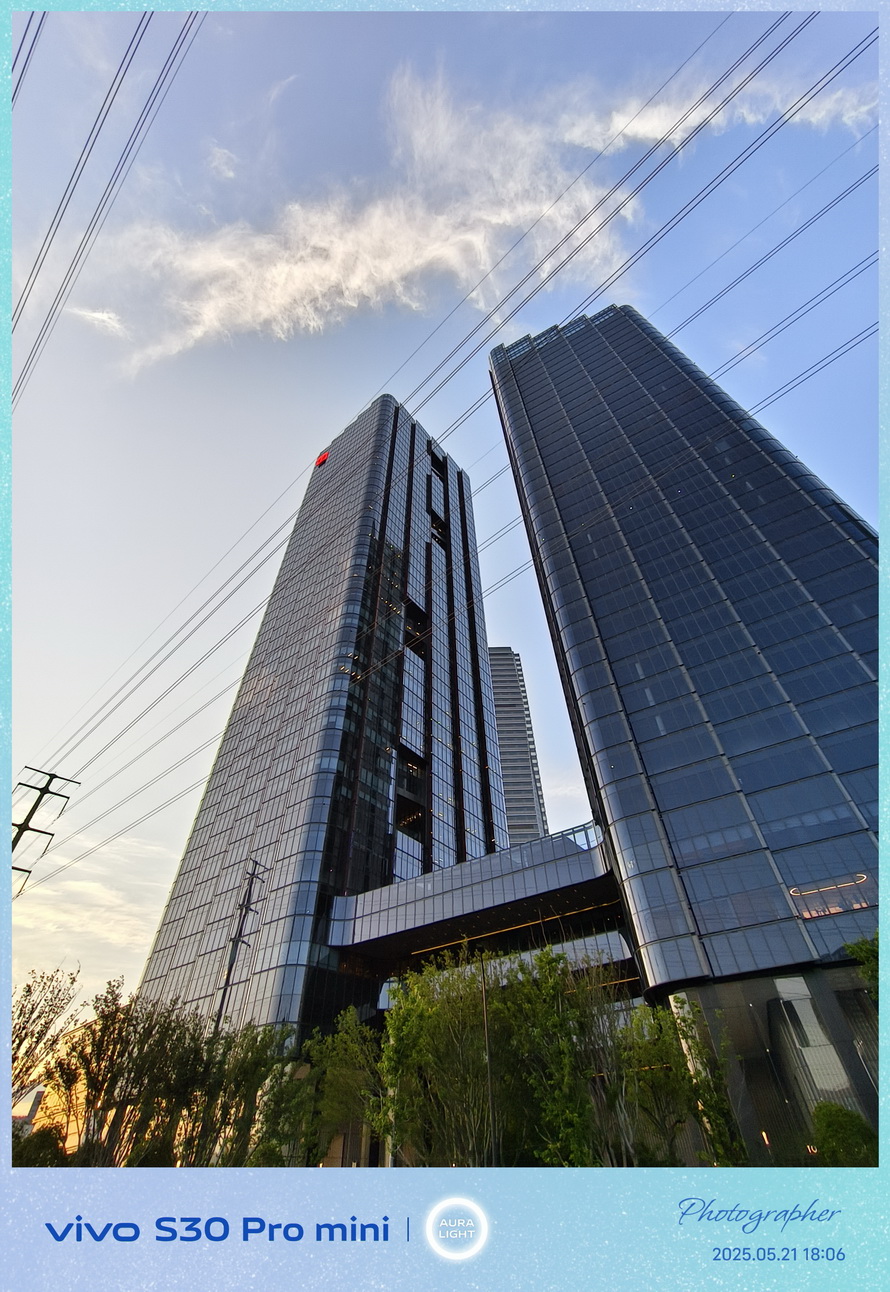
0.6X

3X

3X

50mm, Portrait Mode
Having an available 10X focal length undoubtedly greatly increases the flexibility of the vivo S30 Pro mini's shooting capabilities, such as capturing sunsets in the distance or sparkling flowers in backlight, greatly enhancing its playability.

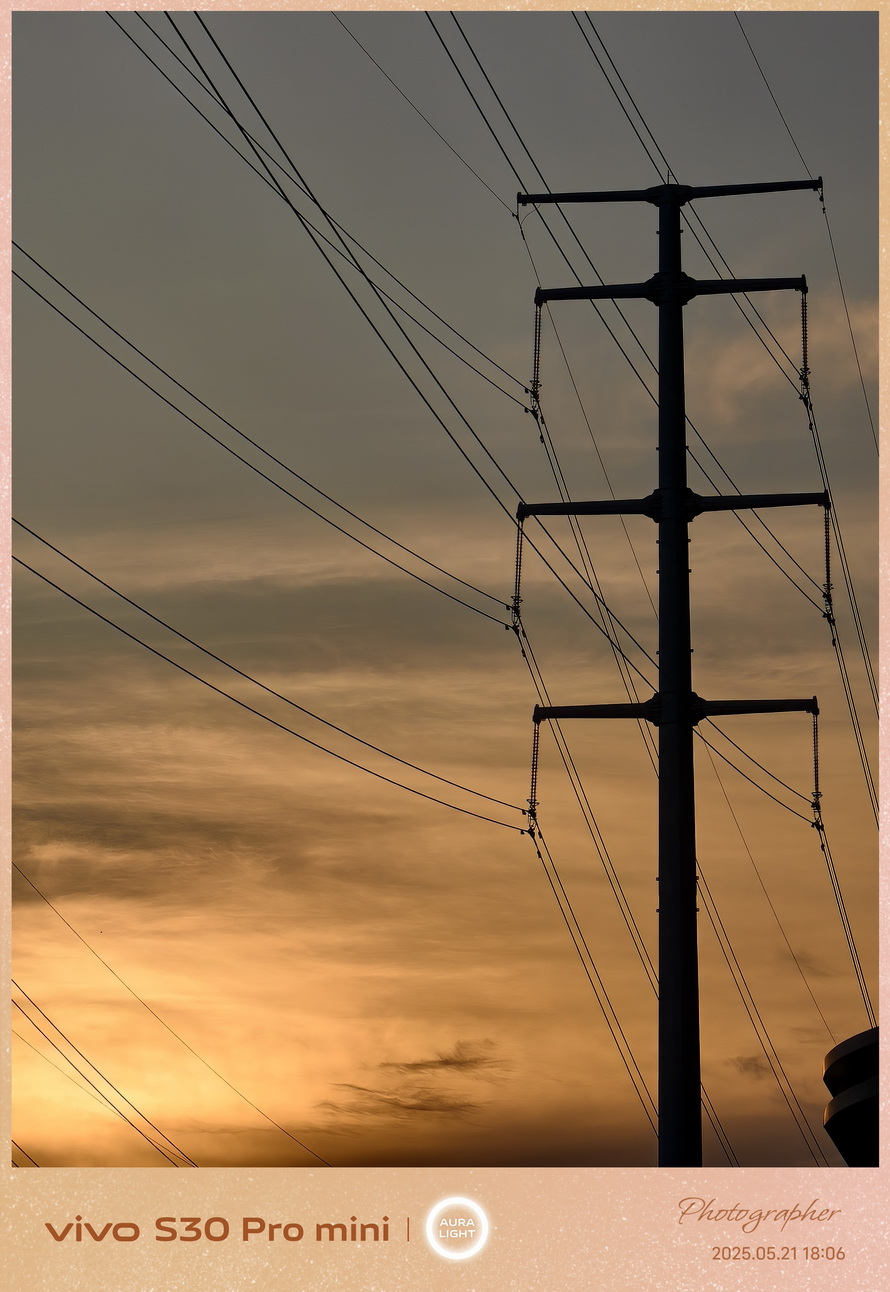
10X
Portrait photography has always been a strength of the vivo S series, and this has been further enhanced with the addition of the periscope telephoto lens on the vivo S30 Pro mini – firstly, the 69mm periscope telephoto lens can derive the portrait golden focal length of 85mm with minimal loss of image quality; secondly, vivo has added more color modes and stronger Live GIF features to the phone, as well as more playful functions such as the One-click Film Camera.
To satisfy young users' love for film colors, the vivo S30 Pro mini includes three filters that simulate film colors: Classic Positive Film (CC Film), Classic Negative Film (NC Film), and Clear Blue Tone (VB Film). Users can apply these filters in five camera modes: Photo, Portrait, Live, Pro, and One-click Camera.
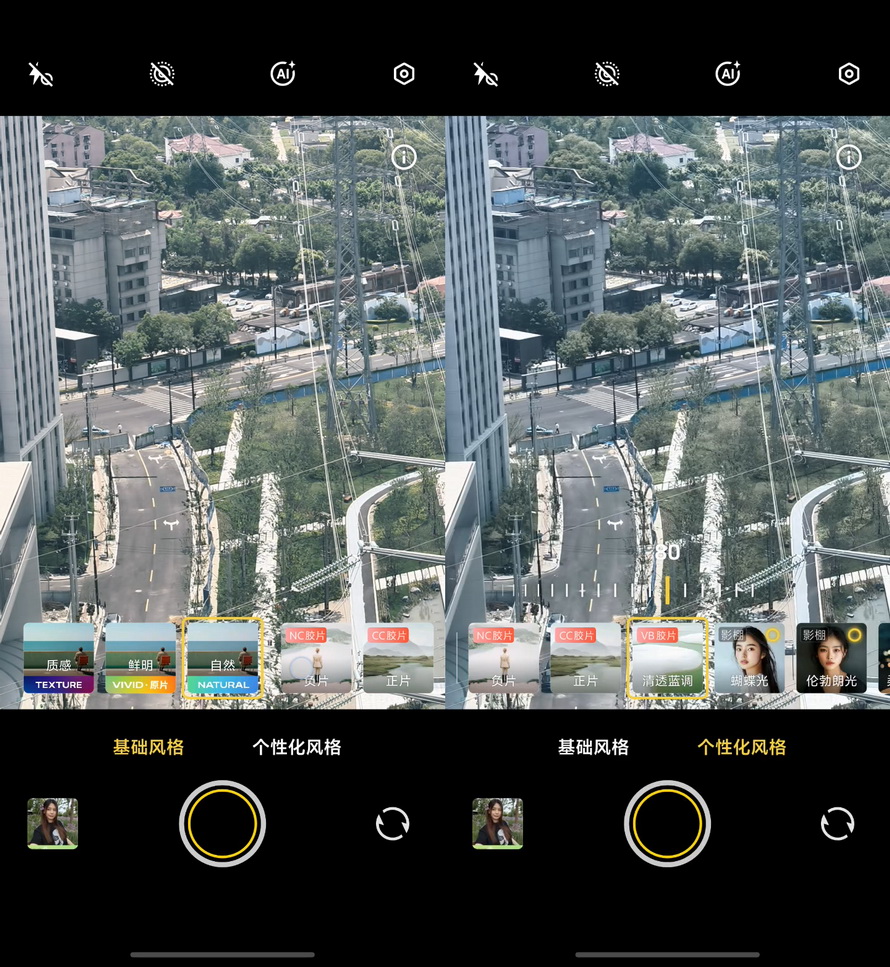
Among them, Live is a stand-alone Live Photo function that supports EIS anti-shake, 2K high resolution, and beauty functions. It even supports Live Photo collage, allowing multiple Live Photos to be combined into one Live Photo. It can also be edited and shared on more than a dozen platforms, including popular ones like WeChat, Xiaohongshu, Douyin, Weibo, and Kuaishou, greatly enhancing its practicality.

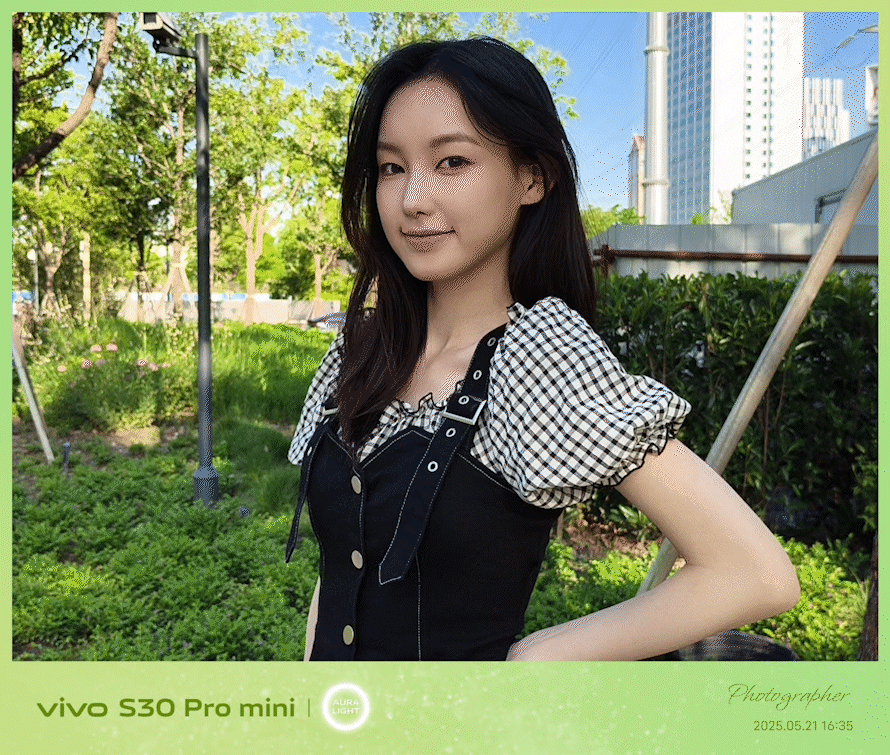
The image below is a GIF converted from a Live Photo. Please refer to the above image for color and clarity.
The One-click Camera further integrates the above functions. It not only allows taking photos with frames but also Live Photos with frames. Users can add Classic Positive Film, Classic Negative Film, and Clear Blue Tone film colors, as well as adjust vignetting, noise, and blur settings to further enhance the film-like feel.
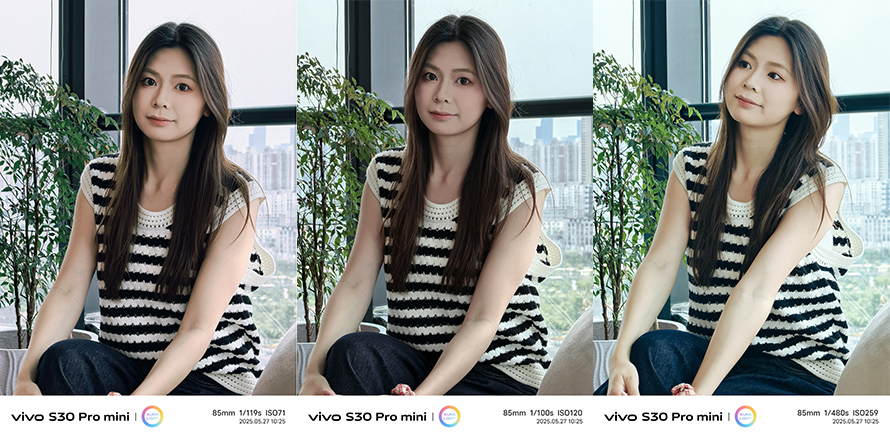
From left to right: Classic Positive Film, Classic Negative Film, Clear Blue Tone
As for the front and rear flashlights and AI 3D virtual fill light functions (Rembrandt lighting, butterfly lighting), they are still available on the vivo S30 Pro mini. These functions can help users take better portrait photos, even for selfies.
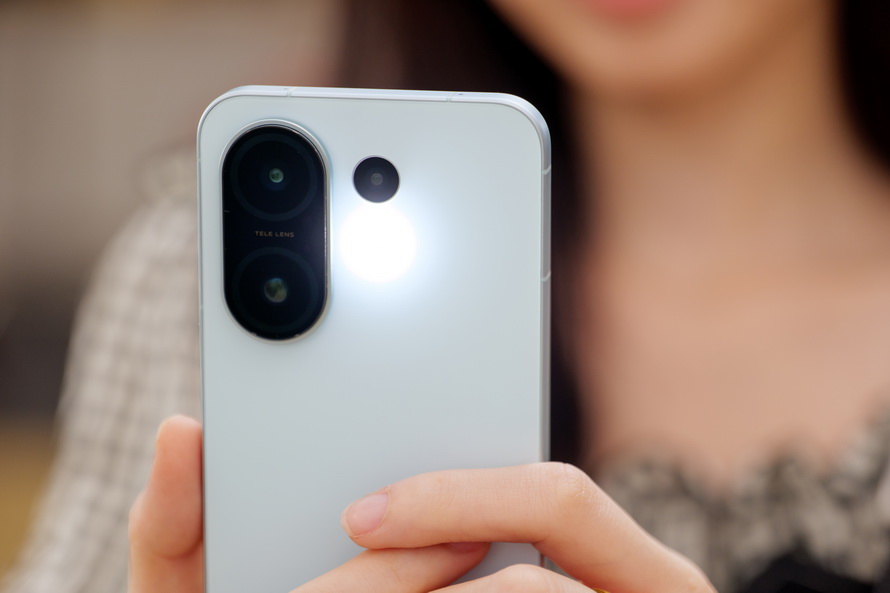
vivo S30 Pro mini rear ring flash
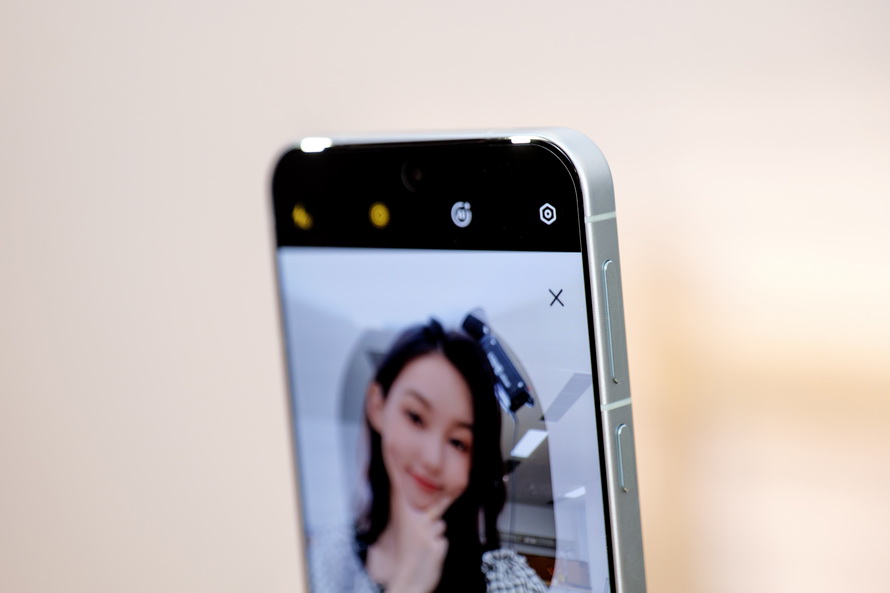
vivo S30 Pro mini front dual flashlights
Impressive Configuration for a Small Screen
In addition to not compromising on the camera, the vivo S30 Pro mini's other configurations are also impressive. Its 6.31-inch OLED screen has a resolution of 2640*1216, a global maximum brightness of 1800 nits, a local peak brightness of up to 5000 nits, and a 100% DCI-P3 color gamut coverage. The refresh rate reaches 120Hz, and the touch sampling rate is 300Hz, with an instantaneous touch sampling rate of up to 2000Hz. Coupled with the fact that the rear camera module does not protrude significantly, the phone is quite comfortable to hold and touch with one hand.

Inside the device, it employs the MTK Dimensity 9300+ processor, fabricated using TSMC's third-generation 4nm process. The processor is a combination of Cortex-X4 super cores * 4 + Cortex-A720 large cores * 4. One Cortex-X4 core reaches a frequency of 3.4GHz, while the other three Cortex-X4 super cores operate at 2.85GHz. The four Cortex-A720 large cores run at 2.0GHz. It also comes with a 12-core Immortalis-G720 GPU and an embedded NPU 790, supporting multiple large language models such as Alibaba Cloud Tongyi Qianwen, Baichuan, Wenxin, Google Gemini Nano, Lingyi All-in-One Terminal, and Meta Llama 2 & Llama 3. In terms of storage, it offers four configurations: 12GB+256GB, 12GB+512GB, 16GB+256GB, and 16GB+512GB. The test unit we received is configured with 16GB+512GB.
We used AnTuTu and 3DMARK to test the performance of the vivo S30 Pro mini. The AnTuTu total score is 1,960,100 points, with CPU and GPU scores of 465,827 points and 784,189 points, respectively.

In the 3DMARK Wild Life Extreme test, the total score is 4,185, with an average frame rate of 25.06FPS, which is a pretty good result for a small-screen device.
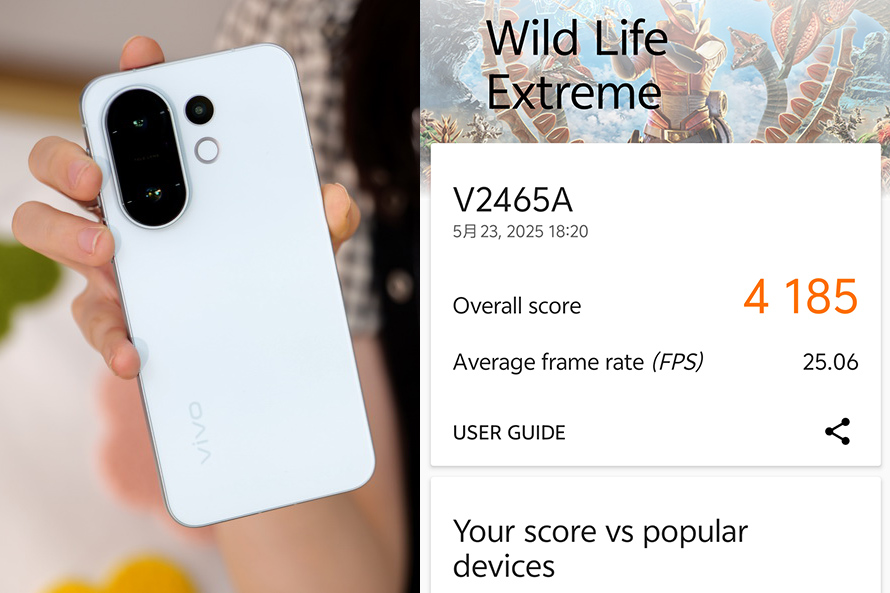
To optimize the heat dissipation of the Dimensity 9300+ processor, the vivo S30 Pro mini uses high-performance thermal graphite and a wide-area VC vapor chamber with an area of 3,830mm². The total heat dissipation area of the entire device is 28,940mm². However, in actual tests, the overall heat dissipation performance of the vivo S30 Pro mini can only be described as average. In the Wild Life Extreme Stress Test, the highest score is 4,003, and the lowest score is 2,085, which is only 52.1% of the former. During the test, the temperature on the back of the device can reach 44.2℃, indicating that the small form factor somewhat affects the phone's heat dissipation performance.

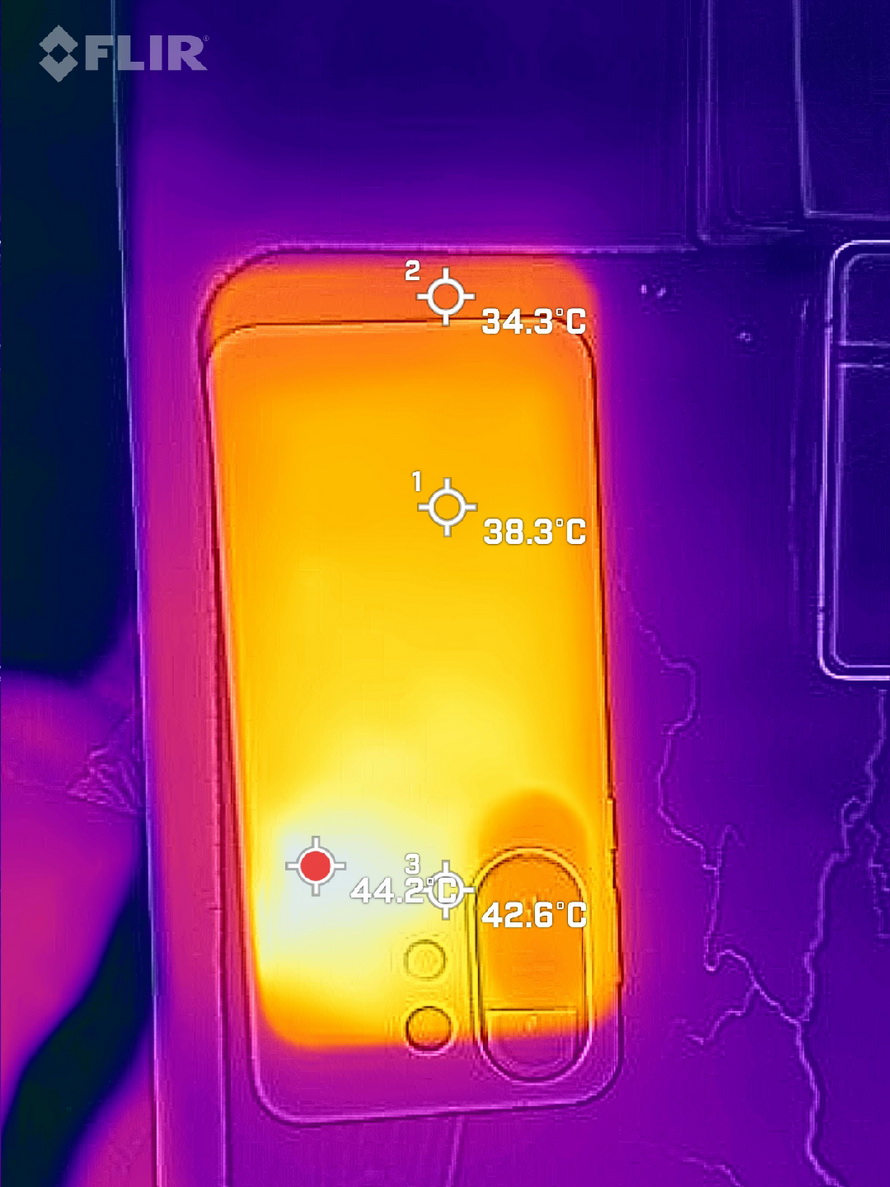
In the past, one of the key reasons why small-screen phones have not received much attention is that as the body shrinks, so does the battery capacity. However, with the popularization of new-generation battery technology, small-screen phones now have larger batteries. The vivo S30 Pro mini uses an ultra-thin Blue Ocean battery with an energy density of 845Wh/L and is equipped with a large 6,500mAh battery, significantly larger than the 4,685mAh battery used in certain Pro Max models. It also supports 90W wired fast charging.
We also tested the actual battery life of the vivo S30 Pro mini. With the screen brightness set to maximum, connected to Wi-Fi, and no SIM card inserted, the phone continuously played Douyin videos. The actual test showed that the phone can play videos for up to 16 hours, which is quite impressive.
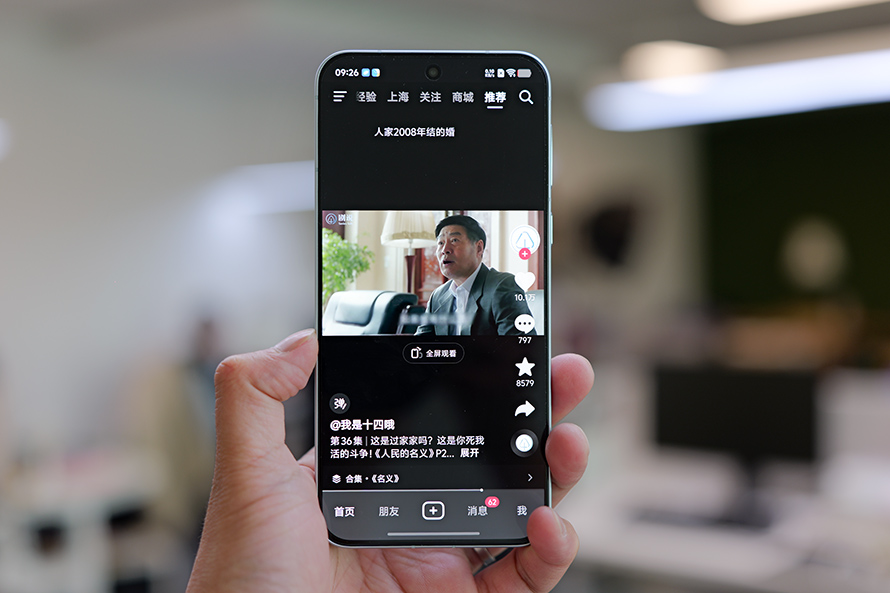
Conclusion
In the past, small-screen phones often represented compromises, with possibly downgraded CPUs, no telephoto lenses, and small battery capacities. However, the vivo S30 Pro mini is different. It shares the same periscope telephoto lens as the S30, has stronger CPU performance, and has an identical battery capacity. The only things that have shrunk are the screen size, body size, and weight.

At the same time, the vivo S30 Pro mini inherits the excellent portrait photography capabilities of the vivo S series. The lens focal length covers the 85mm golden ratio, and it adds three film-like color filters: classic positive film, classic negative film, and clear blue tone. The Live photo and one-shot film camera functions have been further enhanced, making it excellent for both portrait and landscape photography.
